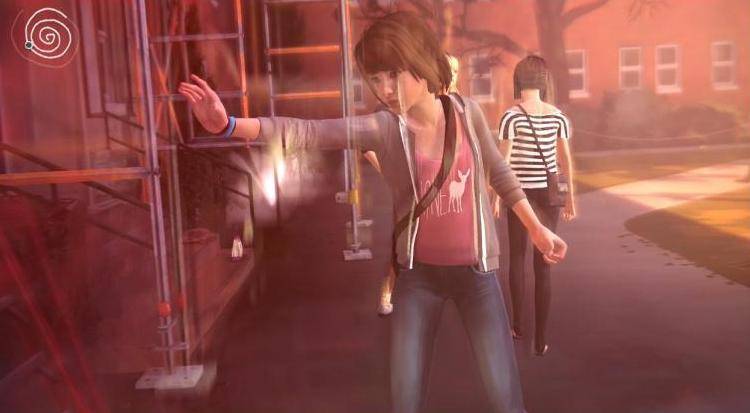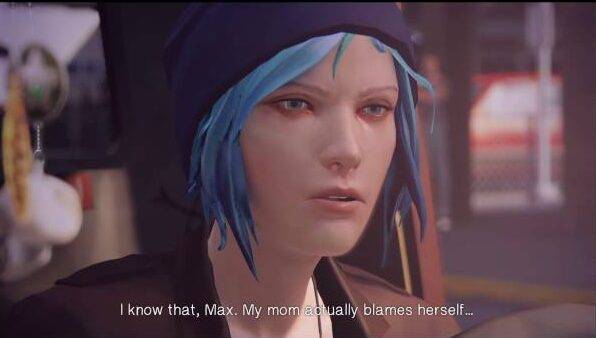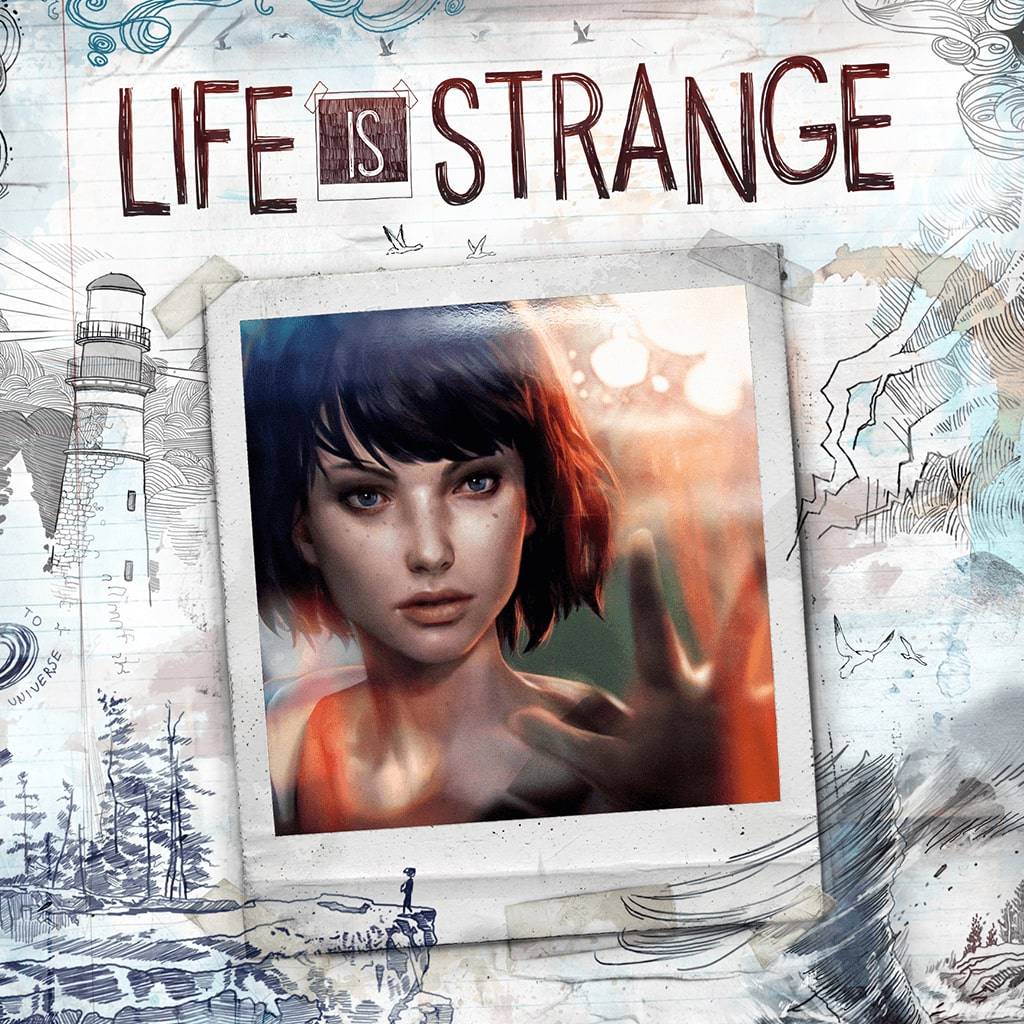“Life is Strange” is a single-player episodic adventure game developed by Dontnod Entertainment and published by Square Enix in 2015. It takes about 14 hours to complete, and it’s available on multiple platforms including Windows, Linux, macOS, consoles, and mobile. I played it on Windows. The game is recommended for people sixteen years old and up, specifically for storyteller and director players who enjoy leading the narrative.
Argument: Playing “Life is Strange” as a feminist includes elements of player agency and unique storytelling. However, the game fails at certain points in handling relationship dynamics and sensitive issues from a feminist perspective.
This game intertwines feminist theories through the use of player agency. The purpose of agency is to give free will to the player and have a powerful female voice. For example, you can make choices that support fellow female characters. One specific choice allows you to support Kate Marsh in dealing with cyberbullying or standing up to Nathan Prescott, a male character, and his aggressive behavior. The game also gives power to the player to deepen their bond with Chloe, another female character, to use female friendship and solitary to overcome obstacles. As you go through the game, you’re given numerous options to nurture female relationships, which emphasizes the strength and importance of having a female-based support system. Because you’re given the power to make these decisions, you’re mostly in control of your role as a female character. You feel like you have a voice.

Each female character has diverse experiences and backgrounds that highlight the variety of issues in women’s lives. Playing “Life is Strange” as a feminist means you get to respect and validate these experiences in a fun way, which promotes inclusive feminist perspectives.
Furthermore, the game tells its story through interesting mechanics—time rewinding and dialog choices—to encourage you to play as a feminist. Your ability to rewind time gives you the power to explore multiple outcomes and undo mistakes, which can be seen as a symbol for regaining control. This allows players to make thoughtful decisions that empower female characters. The option for different dialog choices gives you the opportunity to challenge and confront sexist behavior from other characters. You can actively engage in the discouragement of negative male behavior, comfort other characters, and defend women.

As mentioned earlier, the relationship between the main character and Chloe is mostly one that is empowering. However, while it’s a central and powerful part of the story, some aspects of it are unhealthy and codependent. The game romanticizes these relationship dynamics to add drama rather than addressing them in a critical way. There’s often toxicity with little resolution. In fact, the character Chloe herself is also self-destructive and manipulative, which doesn’t encourage positive female character development.

The game’s handling of this relationship reveals its broader issue in tackling sensitive topics. As an example, the game’s depiction of sexual assault between Kate and Marsh is used as more of a plot device to move the narrative forward than actual commentary. It should be handled with more depth and care, exploring the background and impacts of the sexual assault. In my opinion, the game insensitively exploits trauma to a certain extent for dramatic effect. I felt more shocked than satisfied because I didn’t see enough resolution or empowerment for those affected, which would have been better for the narrative.
Shira, the author of the reading, suggests that the stigma around video games is that they depict violence and toxic culture and are “bad for women,” dissuading potential new players. “Life is Strange” offers such a great template for making feminist commentary, but by not covering sensitive topics to the degree they deserve, the gamemakers are scaring away female players. The game would improve if it slowed down and spent extra time or missions dedicated to the exploration of these themes.
While “Life is Strange” has been celebrated for progressive themes and powerful female characters, I believe it comes with its flaws and failures. Overall, it’s a good game, but it’s underdeveloped. It has a long way to go before it can be considered a successful representation of feminism.



